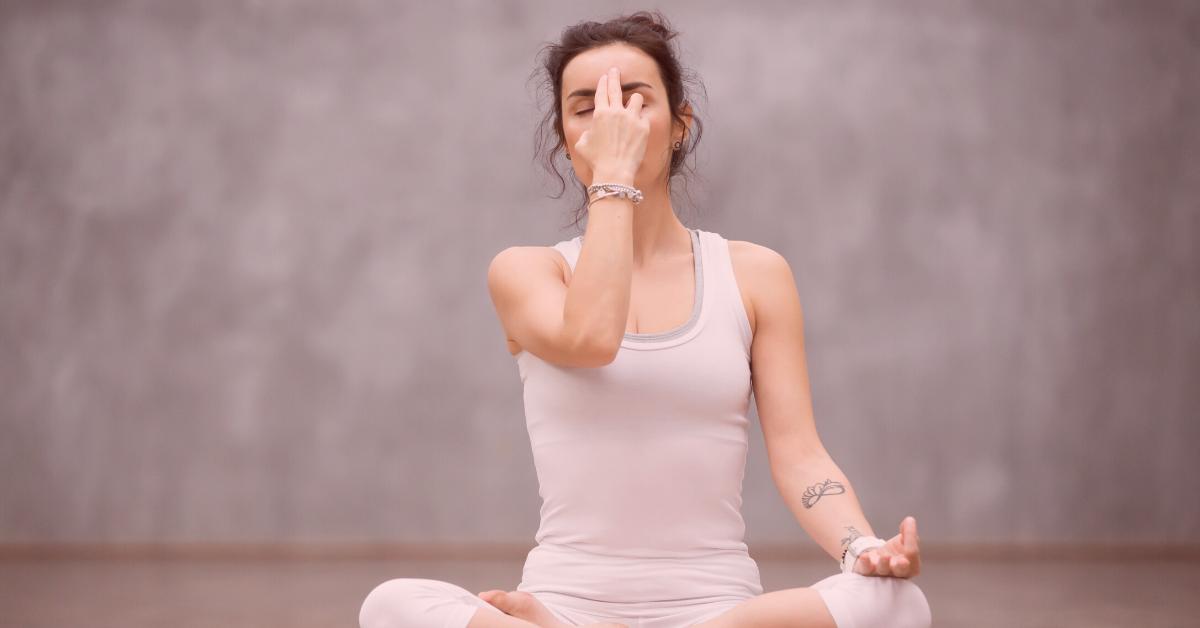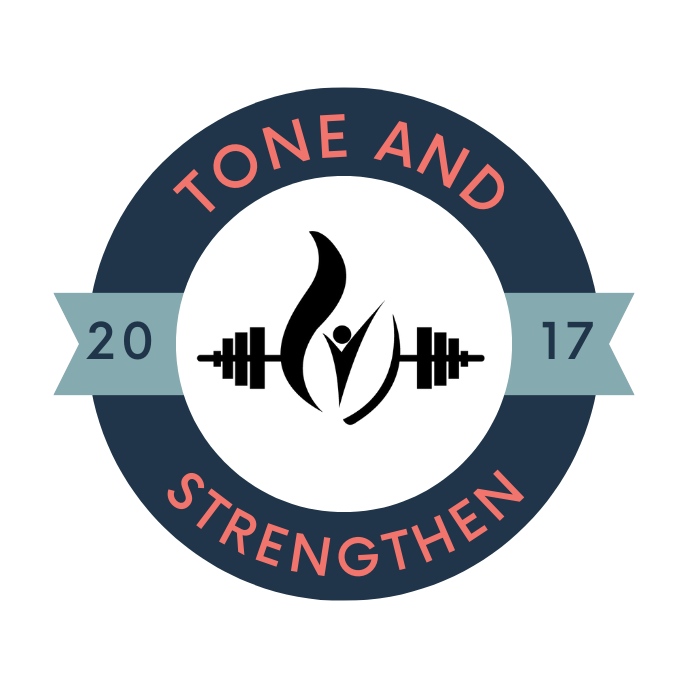
Exploring the Wonder of Breath – Part 5
Breathing Techniques
Religious devotees, athletes, monks, and warriors all understand the wonders and power of breath. Zen monks and yoga warriors use it to achieve clarity of mind. Athletes use it to get a competitive advantage. Navy seals use it to achieve higher focus and stay calm.
Simply being more attentive about how you breathe can have benefits for well-being. There are many ways to practice mindful breathing. Finding the proper breathing technique and incorporating it into your daily life can help you reap the benefits of deep conscious breathing.
In this blog post, you will find some of the best and most helpful breathing techniques.
Belly Breathing- Belly breathing or deep diaphragmatic breathing is an easy way to release stress and relax. Diaphragmatic breathing is used to relieve breathing conditions like asthma, pneumonia, and other lung diseases.
- Sit or lie in a comfortable position.
- Put one hand on your belly and the other hand on your chest.
- Take a deep breath in through your nose and feel your belly expand.
- Gently push the air out through pursed lips.
- Repeat this exercise 5-10 times.
- Notice how you feel at the end of the exercise.
4-7-8 Breathing- This breathing technique is suitable for relaxation. It shifts your body into a state of deep relaxation.
- To start, put one hand on your belly and the other on your
- Take a deep, slow breath from your belly for a four-count.
- Pause, and silently count from 1 to 7.
- Breathe out for an eight count. Trying to expel all the air out.
- Repeat this exercise 5-10 times.
Alternate Nostril Breathing- It is also known as the Anulom Vilom pranayama(breathing exercise) in Sanskrit. This breathing exercise is known to clean nostrils and sinuses. Research has shown that it can help stimulate the left and right sides of the brain simultaneously.
- Come into a comfortable seated position.
- Place the thumb and ring finger on alternate nostrils.
- Place the index and big finger on your forehead.
- Close your right nostril with your thumb and inhale slowly, fill your lungs with air.
- Remove your thumb and, using your ring finger, close your left nostril and exhale.
- Repeat for 8-12 breath cycles or as long as desired.
Box Breathing- Box breathing can regulate the autonomic nervous system. This system regulates involuntary body functions such as temperature and blood pressure. It provides an almost immediate sense of calm and focus. Army officers use it intense situations.
- Come into a comfortable seated position.
- Sitting tall with a long spine, slowly inhale for a four count. Feel the air fill your lungs completely while expanding your abdomen.
- Hold the breath to a count of 4.
- Slowly exhale through your mouth for a count of 4. Getting all the oxygen out of your lungs and assign a count of 4.
- Hold the breath for a count of 4.
Modified Lion’s Breath- Lion’s breath is an energizing yoga breathing practice. It relieves tension in your chest and face. It’s also known in yoga as simhasana in Sanskrit.
While performing this breathing technique, imagine that you’re a lion. Let all your breath out with a big, open mouth.
- Come into a comfortable seated position.
- Breathe in through your nose. Fill your belly all the way up like a balloon.
- Open your mouth as wide as you can. Breathe out with a “HA” sound.
- Repeat for 8-15 breath cycles or as much as desired.
Take the time to experiment with different types of breathing techniques. Schedule breathing breaks in your daily calendar can help you stick with the breathing practice.
All these breathing practices can be progressively built up over time. That means you can start with a few breaths cycles each day and then add on the number of breath cycles weekly for longer mindful breathing practice.

This Post Has 0 Comments